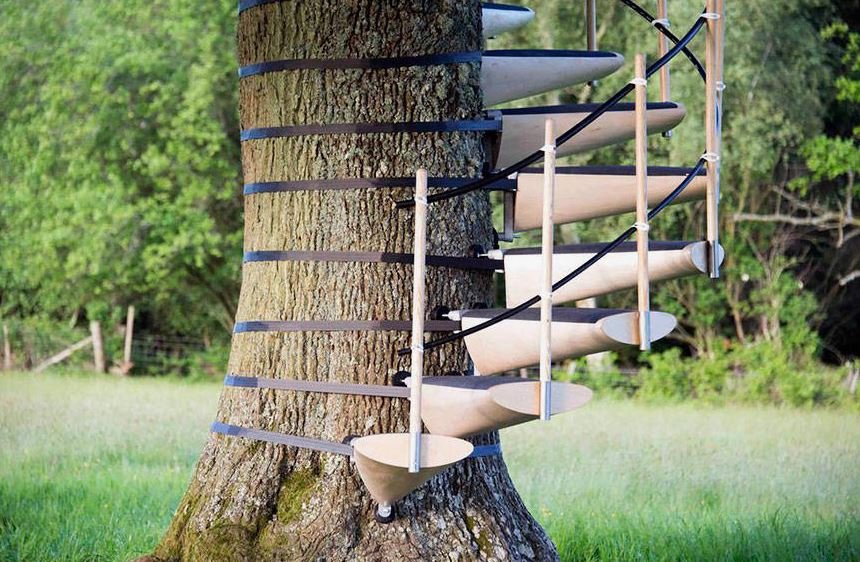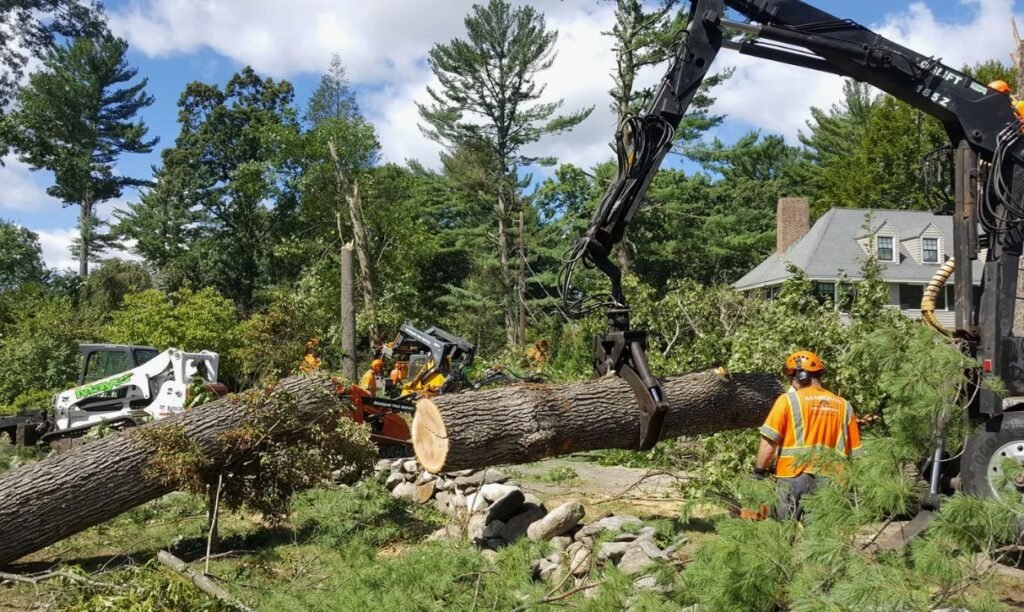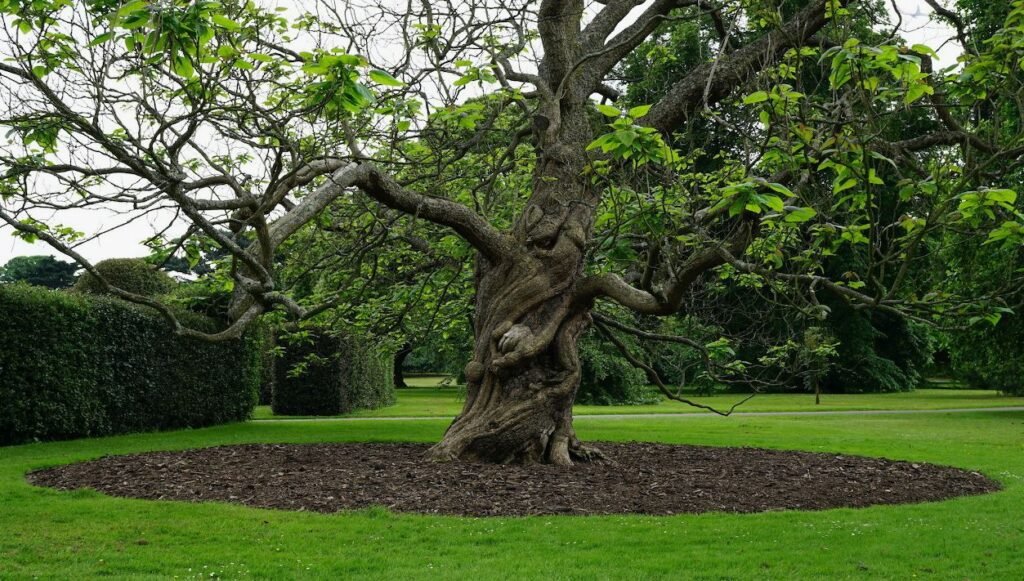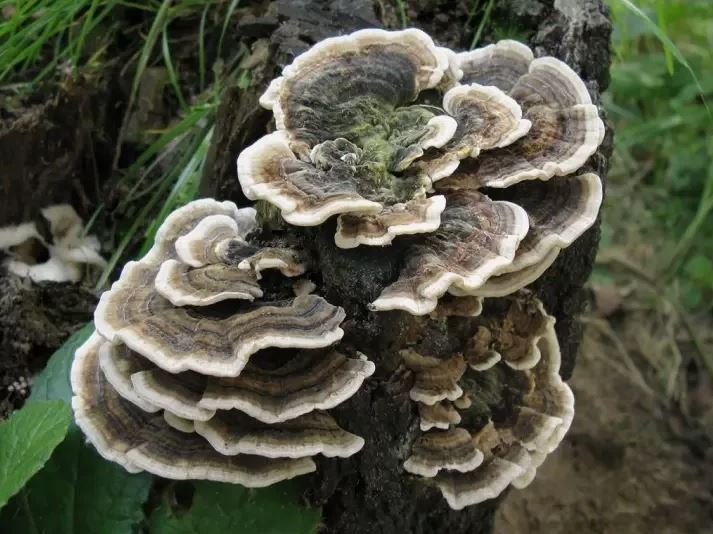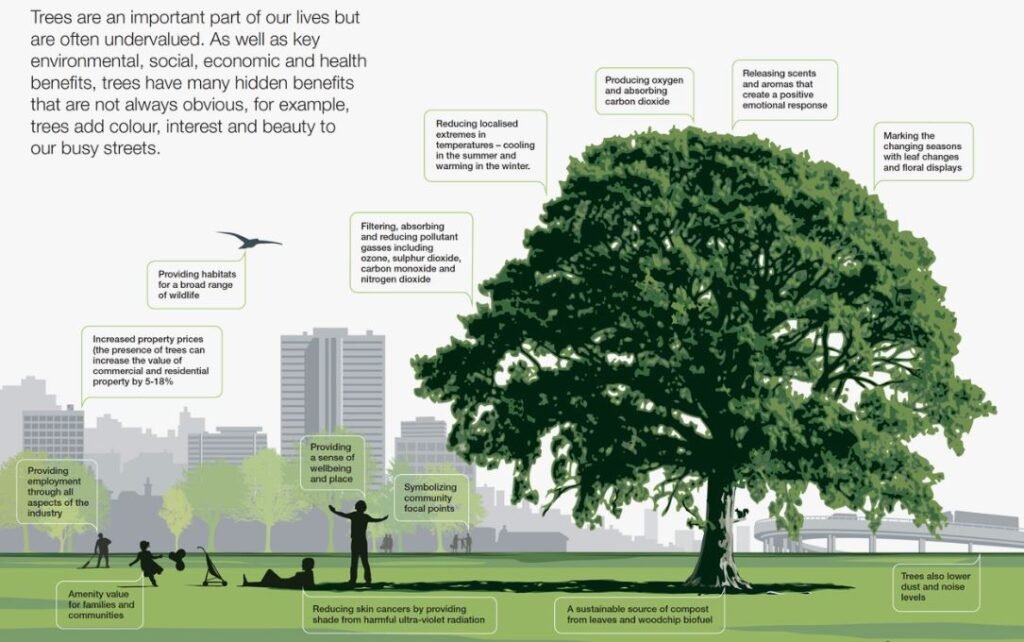Storms such as hurricanes and tropical storms leave devastating effects in their trail. Sights of plants toppled over, uprooted and smashed into buildings are common. Storms are characters by winds, flooding, and falling debris.
Necessary preparations to make before the storm.
Plan ahead: it is better to be safe than sorry. Outline some measure that you need to take when the storm hits. A saved garden can continue proving food even when the transportation system and other utilities are broken down.
plan ahead on how to save your garden leaves you with only the mandate of taking care of the family when the storm comes. Planning is not a complex or time-consuming effort as most of the plans to save the home can also save the garden.
Installing Stormwater systems: Stormwater management systems such as storm drains, gutters, wet and dry detention ponds, and retention basins are necessary for removal of water from gardens and neighborhoods during heavy rains. The storm drains should remain clear and littering which can cause blockage should be avoided.
Irrigation systems: All irrigation systems should be off when a storm is anticipated. Storms bring a lot of water and you do not want your plants to have too much water. Do not depend on automaton alone to shut off your irrigation water during a storm. Most sprinklers can continue running even during a storm which can only exacerbate the situation. Excess watering of plants encourages fungal diseases.
Handle debris the right way: The right way of handling debris is disposing it away from gardens as soon as it arrives. Branches and other debris produced after pruning should be removed on site if a storm is imminent. During the storm, free debris becomes dangerous projectiles.
A storm-resistant garden:
Tree that is properly pruned can save a garden in case of a storm. These trees need to be strong, wind resistant and growing away from buildings. Weak trees can cause extensive damage and even threaten lives during storms. Before planting trees for the purpose of storm-proofing your garden, a lot of research is necessary. Put severe weather into account and plant only those species that can withstand such conditions.
Most storm-resistant trees are native to stormy and windy regions and hence can resist hurricane-force winds and floods. Such trees have deep and strong root systems and shed their leaves easily to avoid blocking winds. Examples of these trees include bald Cyprus, live oak, winged elm and Magnolia. Trees that are fast growers with weak trunks, and shallow root systems should be avoided.
After the storm:
Venture into the garden only when the storm is completely over and be wary of weak or hanging branches. Cleaning up the garden should be the first activity. Get rid of any debris and fallen branches from your garden.
Stormwater washes away mulch from gardens. Mulch should be replaced once most of the stormwater has dried away.
Fertilizers should be added after the storm. It is important to note that applying fertilizer prior to a heavy rain or storm will not benefit the plants. Most of the fertilizer will be washed away into water bodies where it causes the growth of algae.
